Football
Football, also known as soccer is a sport where two teams (11 each side players) have a match, but instead of hands, they use their feet (except for one person, that is goalkeeper, who can use their hands in a small area). They all try to kick the ball into the other team’s goal to score points. The rules are easy, you don’t need much equipment to play, and you can play anywhere, which is why so many people worldwide love it! Millions play and even more watch, making it the biggest sport worldwide!
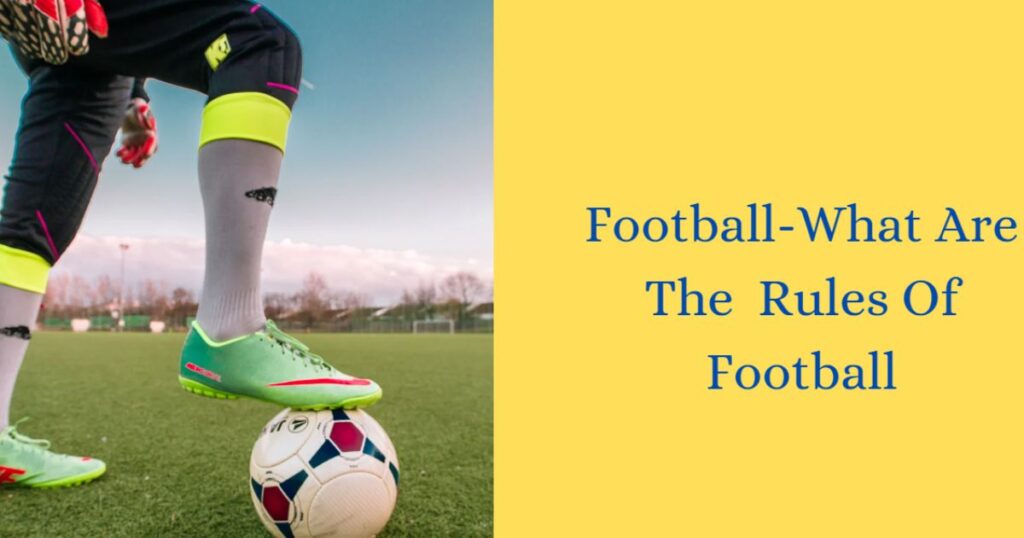
History of football
Ancient Football Variations:
- Tsu’ Chu: Early Chinese Origins
- Kemari: Graceful Tradition in Japan
- Harpastum: Roman Game of Strategy
The Birth of Modern Football
Football may seem new, but it’s super old! Way back in the day, people in different places played different versions of it:
China: Tsu’ Chu
Played in ancient China, Tsu’ Chu involved kicking a small leather ball made of stuffed leather into a net connected between two bamboo poles.The game was popular during the Han Dynasty (206 BC-220 AD) and was part of a physical education program for soldiers . The name “Tsu’ Chu” literally means “kicking the ball with feet.”
Japan: Kemari
In Japan, Kemari was a game where players kept the ball in the air without letting it touch the ground, similar to a fancy juggling game.
This game was popular in Japan during the same era as Tsu’ Chu.
Rome: Harpastum
The Romans played Harpastum, a game that was similar to football but with tricks and a smaller ball.
Harpastum was a physical fitness program for the Roman army and was played by Julius Caesar and his generals.
These old games traveled and changed over time, especially in Britain. Eventually, in 1863, two types of football split apart: rugby and the one we know and love today. The Football Association (F.A.) became the boss of football, making sure everyone played by the same rules.
So, football isn’t just a modern sport, it’s like a big family tree with ancient roots all over the world! And thanks to the F.A., it’s become the amazing game we enjoy today.
Watch the video
Football Rules and Penalties
Football Rules:
- Football follows 17 rules created by the International Football Association Board.
- Each team has 11 players, including a special goalkeeper who can use their hands.
- The game lasts for two 45-minute halves with a break in between.
- Scoring a goal by kicking the ball into the opponent’s net is the objective.
- Fair play rules prevent pushing, grabbing, and other unfair actions. Referees can award free kicks or even remove players for breaking them.
- The ball goes out of play, free kicks, and goals lead to restarts like throw-ins, corner kicks, and goal kicks.
- Tied games might require extra time or penalty kicks to decide a winner.
Football penalties :
- Each team gets 5 tries to kick the ball from the penalty spot (11 meters away) into the other team’s goal.
- Different players take each shot, it’s not like regular play.
- If both teams still have the same score after 5 kicks, they keep taking turns kicking one at a time until one team scores and the other doesn’t. That team wins!
Offsides in soccer :
- The ball: This makes sense, you can’t score if you’re behind the ball!
- The second-to-last defender (including the goalie): This keeps players from just hanging out near the goal waiting for a pass.
To avoid being offside, just make sure you’re behind at least two defenders (including goalkeeper) when your teammate passes the ball forward.
Handball Rule:
Football players, except the goalie, can’t use their hands!
- If they accidentally touch the ball with their hand, it’s a free kick for the other team, giving them a chance to score easily.
- But don’t worry, if it’s a complete accident or they’re trying to block a shot naturally, it’s okay.
Yellow and red cards
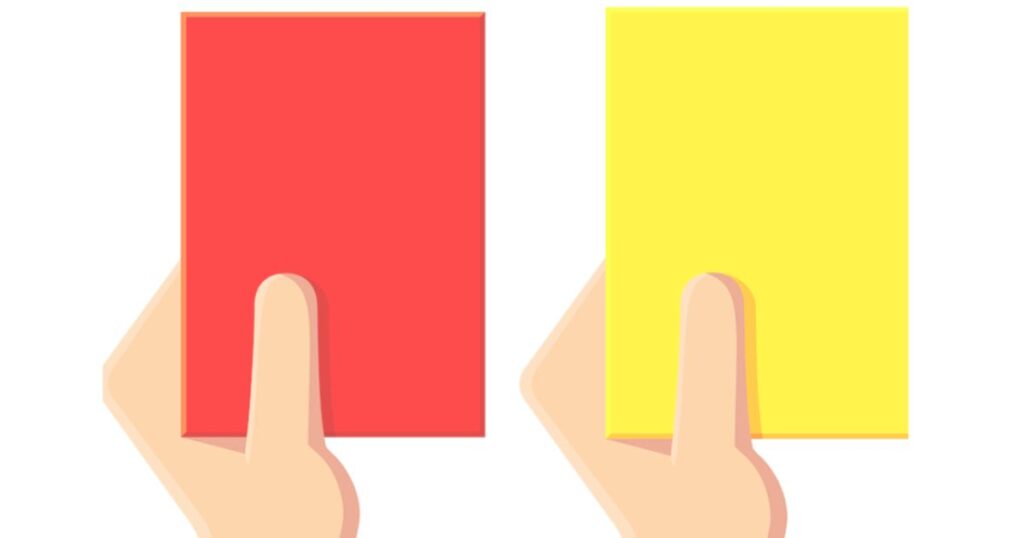
In football, there are two cards to keep things fair: yellow and red.
What is a yellow card in soccer: Like a warning! Shown for things like accidentally playing with your hands, taking too long for free kicks, or playing too rough.
Red card in soccer: This is more serious! If you get one, you’re sent off the field for bad fouls or unfair behavior.
Remember, good sportsmanship is important in football, so play fair and avoid those cards!
Football Pitch Dimensions and Marking Lines
Standard Pitch Dimensions:
The football field is shaped like a rectangle, long on the sides and shorter at the ends. Imagine a big green mat! Here’s the size breakdown:
International Football Matches
For international football matches, the field is typically 105 meters long and 68 meters wide. This is similar to lining up 7 school buses end-to-end in length and 4 buses wide in width.
Other Football Matches
For other football matches, the field size can vary slightly. It can be between 90 and 120 meters long and 45 to 90 meters wide. This flexibility allows for adjustments to the field size depending on the specific playing space.
Remember, these are just numbers! The most important thing is to have fun playing football, no matter the field size!
Marking Lines:
- Field marking is done using lines, with a width not exceeding 12 centimeters.
- The sidelines are known as “touchlines.”
- The halfway line divides the field into two halves.
- The center spot on the halfway line has a diameter of 0.3 meters.
- A circumference of 9.15 meters surrounds the center spot.
- The match starts with a kick or pass from the center spot.
- After a goal is scored, the ball is placed in the center spot.
- The goal line runs parallel to the crossbar.
- The goal area is 5.5 meters from the outside of the goalpost.
- Two lines perpendicular to the goal line extend 5.5 meters inward.
- These lines are connected by a line parallel to the goal line.
- The penalty area has lines drawn 16.5 meters from the goalpost.
- These lines are connected by another line parallel to the goal line.
- The penalty spot is at the center of the goal line, 11 meters from it.
- The penalty spot is marked with a solid circle of 0.3 meters in diameter.
- Within the penalty area, the goalkeeper can use their hands.
- Corner sectors are arcs with a 1-meter radius at the corners of the field.
- Flags with a minimum height of 1.5 meters and cloth size of 35×45 centimeters are placed at the corners.
Field Marking:
The football field has lines painted on it, but they’re not super wide. Think of them like thin markers – no wider than 12 centimeters, which is about the width of your thumb! This helps keep the playing area clear and makes it easier to see what’s going on.
Football Pitch Construction
Standard Design:
- Layers of sand and gravel: These act like a foundation, keeping the grass healthy and providing drainage. It like a comfortable mattress for the grass to grow on.
- Heating pipes (sometimes): In chilly places, these pipes keep the grass warm enough to grow, just like a heated blanket!
- Drainage pipes: When it rains, these pipes whisker away the water so the field doesn’t become a pool.
- Air pipes (sometimes): Just like we need to breathe, grass needs air too! These pipes help keep the soil healthy and the grass happy.
So, next time you see a football match, remember the hidden layers lower than the green – they’re all working together to create the perfect playing surface!
Types of turf in football stadiums
Football Fields: Natural Turf vs Artificial Turf
Natural Turf
Natural grass pitches are traditional for football, but they require more care. Think of them like a pet that needs regular watering and feeding to stay healthy. The payoff is a field that feels great underfoot and provides a classic football experience.
Artificial Turf
Artificial turf is made of plastic blades and a soft filling of sand and rubber. It’s designed to mimic the feel of natural grass but with less maintenance. While it’s not “real” grass, artificial turf can still be a great surface for playing football.
Turf Maintenance:
Grass Turf:
Requires regular maintenance, such as cutting and care.
Striped Pitch:
The grass is cut in different directions for distance and offside determination.
Improves the attractive appeal of the pitch.
Grass Height: The grass on the football pitch is typically maintained at a height of 2.5-3.5 cm.
Ball Speed:
- Maximum Ball Speed: The maximum recorded ball speed in football is 214 km/h.
The construction and maintenance of a pitch are essential for ensuring optimal playing conditions and player safety.
Football Goal
Standard Dimensions:
The dimensions and features of a football goal include:
- Length/Width: The distance between the vertical posts is 7.73 meters.
- Height: The goal measures 2.44 meters from the pitch to the crossbar.
- Diameter: The posts and crossbar should not exceed 12 centimeters in diameter.
- Shape: The goal can have a rectangular, oval, square, or circular cross-section.
- Material: Goals are commonly made of wood or metal.
- Color: Goals are painted white for visibility.
Goal Nets or Soccer nets
- Size: It’s big enough to fit comfortable inside the goal, like a massive white sock! Think of it as slightly wider and taller than the goal itself.
- Material: It’s made of strong cords so it can handle powerful kicks and hanging all those exciting goals.
- Purpose: The net catches the ball and shows everyone when a goal is scored, making the game fair and clear for everyone watching!
Remember, even though it’s simple, the net plays an important role in football!
Football Ball
Components:
Bladder: Inside is the air, like the delicious filling in the middle. This is kept in by a special rubber bag called the bladder.
Backing: Next comes the backing, like the cheese in the sandwich. This layer, usually made of polyester or cotton, affects how the ball feels and bounces. Thicker is generally better!
Cover: Finally, the outer layer is the cover, like the layer of the sandwich. It’s made of 32 waterproof panels, some shaped like pentagons and others like hexagons, to create the perfect round shape. This part needs to be tough to survive all those kicks!
So, next time you see a football, remember it’s like a well-constructed sandwich with important layers working together for the perfect game!
Dimensions and Weight:
The football you see on the field might seem simple, but it’s built to be just right for the game! Here’s the lowdown:
- Size: Big balloon inflated to be around 68-70 cm around, pretty much fitting in your arms. That’s the size of a football!
- Weight: It shouldn’t weigh more than 450 grams, about the weight of a large apple. This makes it light enough to kick and control easily.
- Design: Every ball is made the same way, following strict rules, so everyone plays with the same “tool.” This keeps things fair!
- Performance: The special construction helps the ball fly through the air smoothly, bounce predictably, and last a long time, even with all those powerful kicks. It can even travel as fast as a car on the highway!
So, next time you see a football being kicked, remember all the careful planning and engineering that went into making that perfect sphere!
Football equipment
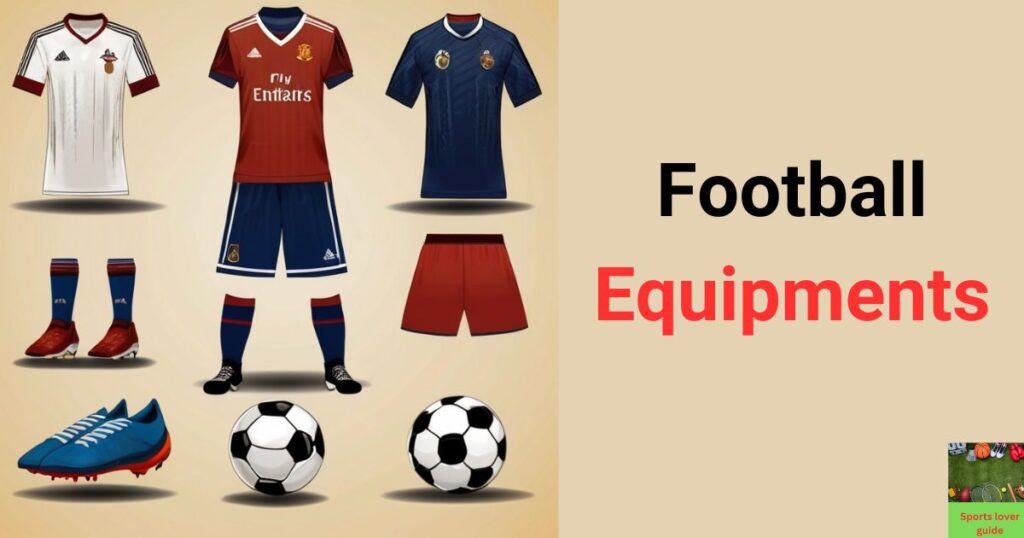
Basic Elements:
- Tops: They wear shirts or T-shirts with sleeves, usually in their team’s colors. Think of them as soft jerseys with team spirit!
- Bottoms: Shorts match their shirt color, keeping them cool and ready to move. No capes here!
- Legs: Colorful socks, also matching the team colors, add style, and cover their shin guards.
- Shin Guards: Hidden under the socks are protective shields called shin guard protecting their legs from those powerful kicks.
- Shoes: Special football boots with good grip help them run, jump, and kick with confidence. No slipping allowed!
So, the next time you see a football team, remember their uniform isn’t just about looking cool, it’s about comfort, protection, and showing team spirit!
Goalkeeper’s Kit:
The goalkeeper’s football kit differs in color from the kits very tired by other players and referees. This distinction helps easily identify the goalkeeper during the game.
The proper football equipment ensures player safety and contributes to fair and competitive play.
Refereeing in Football: Responsibilities and Rights
Responsibilities of the Referee:
- Timekeeper: They make sure the game lasts the right amount of time and keep track of every goal, corner kick, and free kick. They’re like a walking stopwatch!
- Safety first: They watch out for any dangerous situations and make sure nobody sneaks onto the field who shouldn’t be there. Think of them as superhero guardians!
- Caring for players: If someone gets hurt, the referee makes sure they get medical attention safely. They’re like a friendly doctor on the field!
- Keeping records: After the game, they write down everything that happened, including any important moments or if anyone had to be sent off for bad behavior. It’s like having a super detailed diary of the match!
So, the next time you see a referee, remember they’re not just there to blow the whistle – they’re responsible for keeping the game fair, safe, and fun for everyone!
Referee’s Rights:
- Blow the whistle: If someone breaks the rules (like pushing or playing with their hands), the referee blows the whistle to stop the game and make sure things stay fair.
- Yellow and red cards: If someone misbehaves (like arguing or kicking another player), the referee can show them a yellow or red card, like a warning, or send them off the field.
- Small bumps are okay: If someone gets a little bump but can keep playing, the referee lets them stay in until the ball stops moving. No need to stop the whole game
- Punish the real culprit: If a team gains an advantage from breaking the rules, the referee might punish the player who did it, even if it wasn’t super obvious. Fairness game matters!
- Multitasking master: Sometimes players break multiple rules at once. The referee figures out the biggest one and punishes accordingly. Like a super detective for football rules!
- Teamwork makes the dream work: The referee listens to other officials on the field (like the linesmen) to make sure they don’t miss anything. Everyone works together for a good game!
Remember, the referee is there to make sure everyone has fun and plays by the rules!
Conclusion: The Beautiful Game Unites Us All
Forget other sports, the king of sports is football (or soccer)! This beautiful game, loved by millions across the globe, only needs a ball and some space to get going. No wonder it’s so popular!
Football, journey is super cool. It started way back in ancient times with different versions in China and Japan. Then, it evolved in Britain and became the modern game we know today.
To keep things fair, there are some rules everyone follows, kind of like a secret handshake for football players. These rules are set by the big bosses of the game, and even the goals, balls, and pitches have to follow certain guidelines. It’s all to make sure everyone has a fun and safe experience!
And who makes sure everything runs smoothly? The referees! They’re like the teachers of the game, blowing the whistle when someone breaks the rules and making sure everyone plays nice.
So, next time you see a football match, remember it’s more than just kicking a ball. It’s a sport that brings people together, filled with history, passion, and excitement!
Frequently asked questions: Football
Q How many countries play Football?
Ans It is globally popular, played by millions in 200+ countries. It’s most loved in Europe, Central/South America, and Africa, and gaining popularity in North America and Asia.
Q What Constitutes a Foul in Football?
Ans A foul is an unfair act by a player that disrupts the game. The referee decides on fouls and can give a direct or indirect free-kick as a punishment.
Q Is a Handball a ‘Direct’ or ‘Indirect’ Kick?
Ans A direct kick is awarded for a contact foul or handball, while most other violation result in an indirect kick. If the defending team commits a contact foul or handball inside their own penalty area, a penalty kick is given.
Q What is a Penalty in Football?
Ans In FIFA Football, a penalty kick is a special direct free kick taken during regular play. The penalty kicker shoots from the penalty mark, which is 12 yards (11 meters) away from the goal line.
Q What Does the Referee Do?
Ans In soccer, the referee is in charge. They oversee the game, make neutral decisions, and enforce the rules. Their main job is to make quick decisions on the spot, ensuring fairness and safety by enforcing the rules and penalties
Q How many players are in a football team?
Ans A regulation football game involves two teams of eleven players. Different competitions may use varying player formations. In 11-a-side games, a minimum of seven players is required, with three substitutes allowed from the available seven. Substitutes must be nominated before the game starts
Q What is the objective of football?
Ans The objective is to score by getting the ball into the opponent’s goal. A game lasts 90 minutes, split into two 45-minute halves. The goal has two posts, a crossbar, and a net. Any player can score, and own goals count for the opposing team. The team with the most goals after 90 minutes wins. In regular games, a draw is allowed. In cup competitions, if tied, 30 minutes of extra time and a penalty shootout may follow
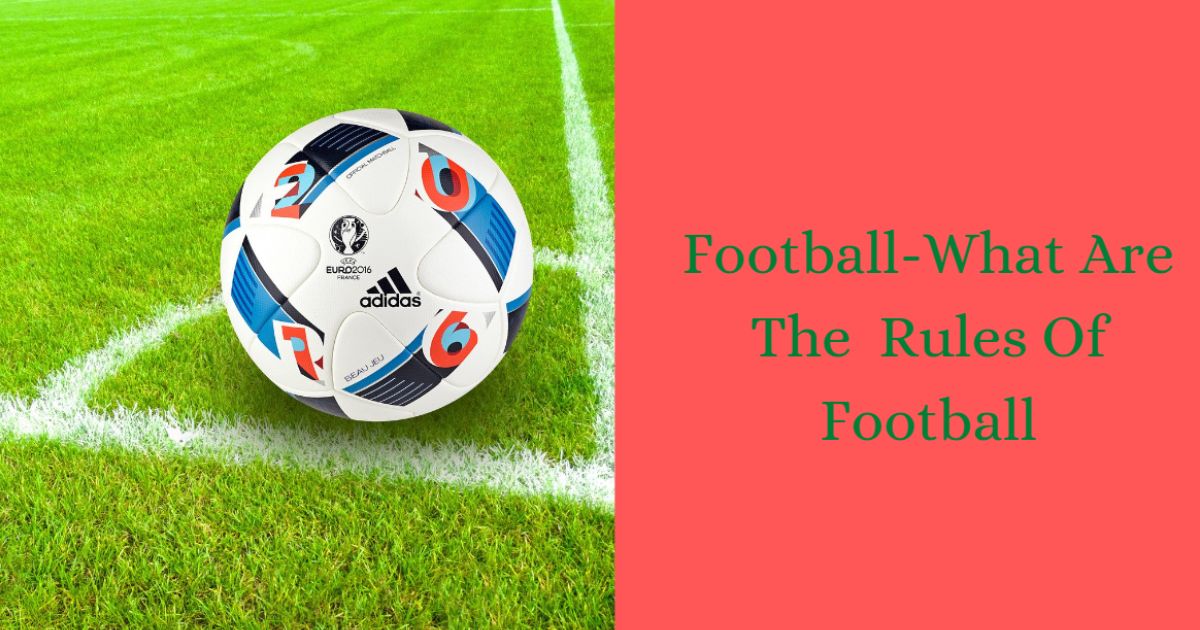
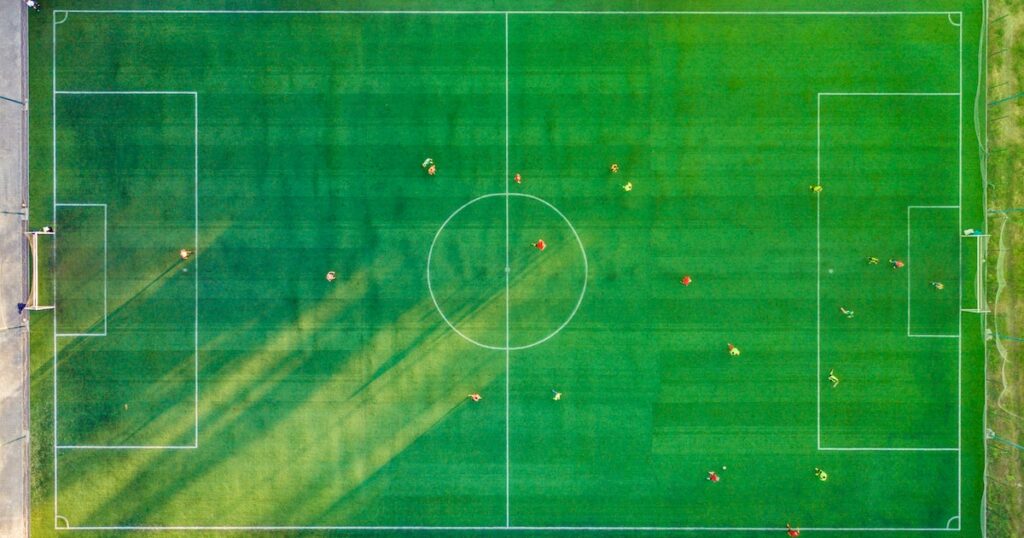
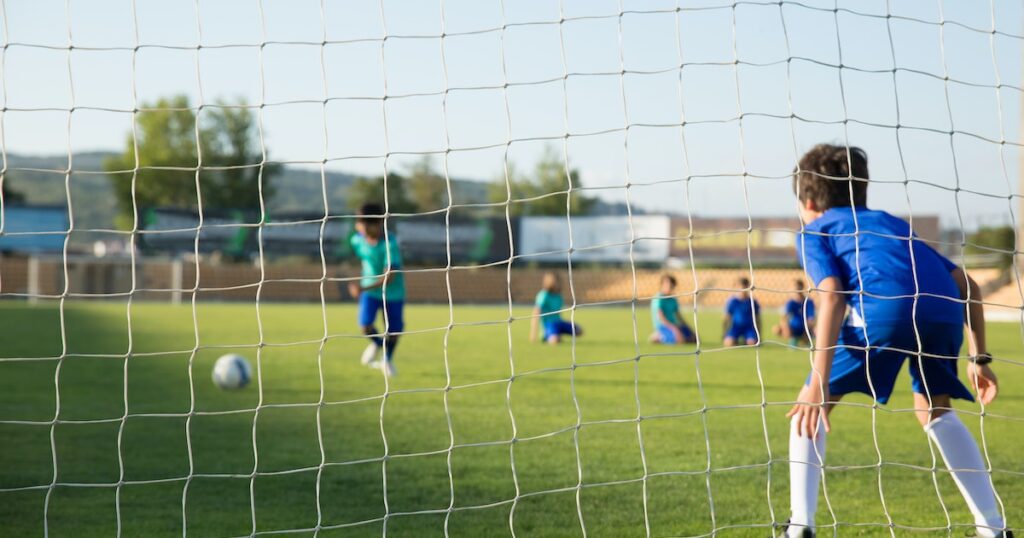
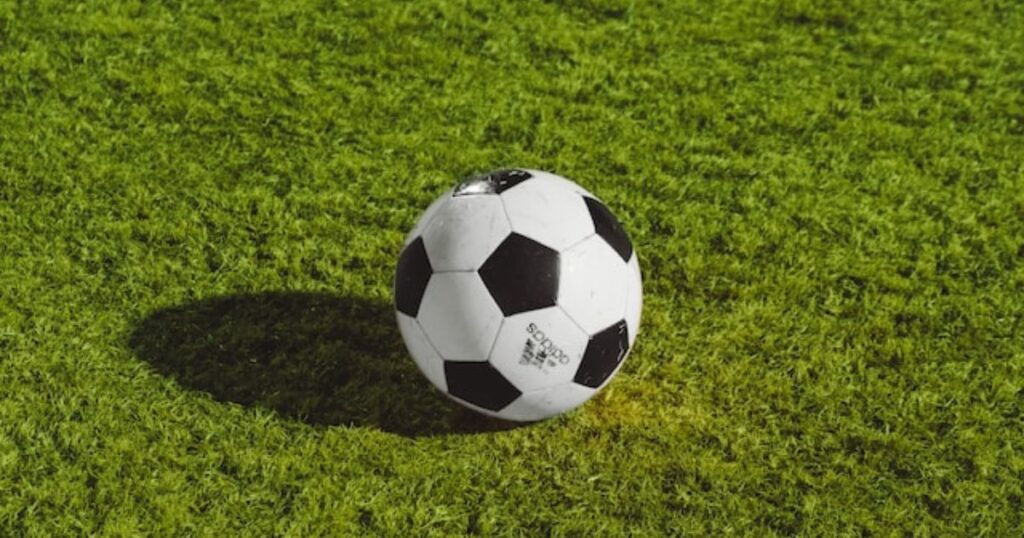
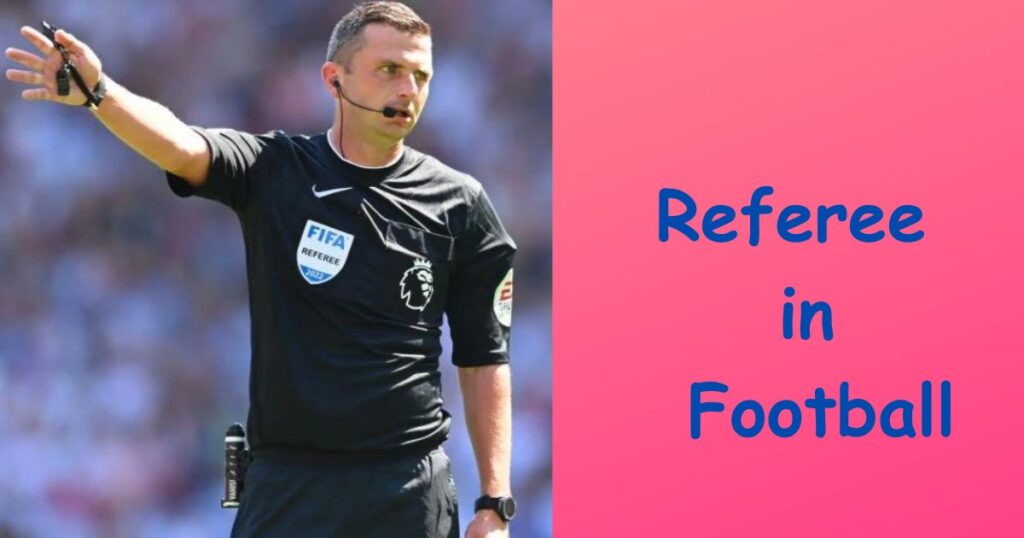
1 thought on “Football Fever: Uniting Nations and Inspiring Passion Worldwide”